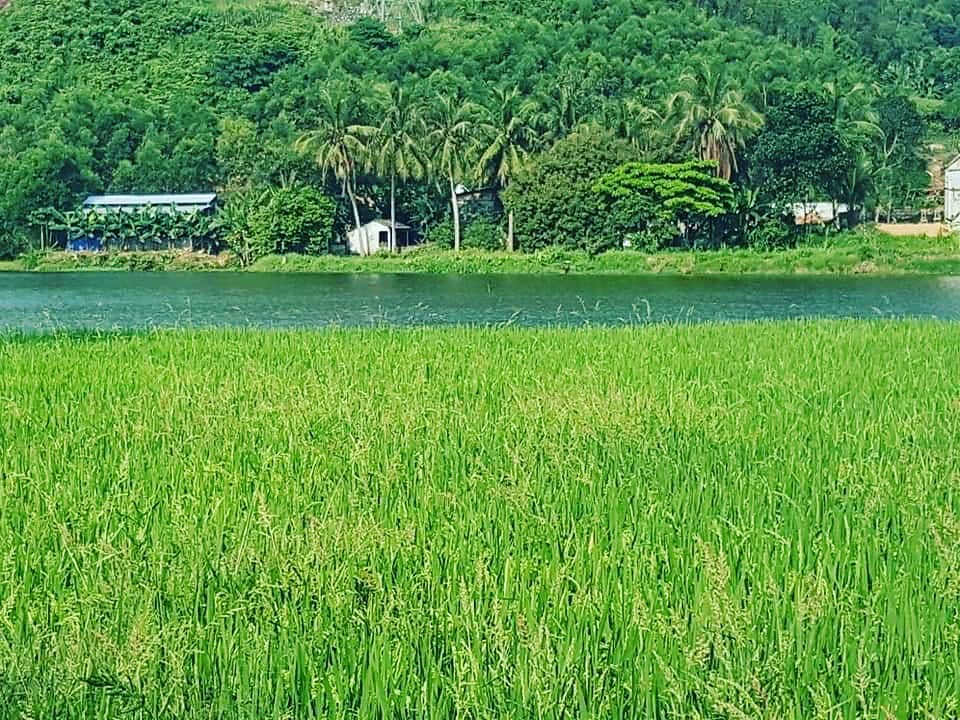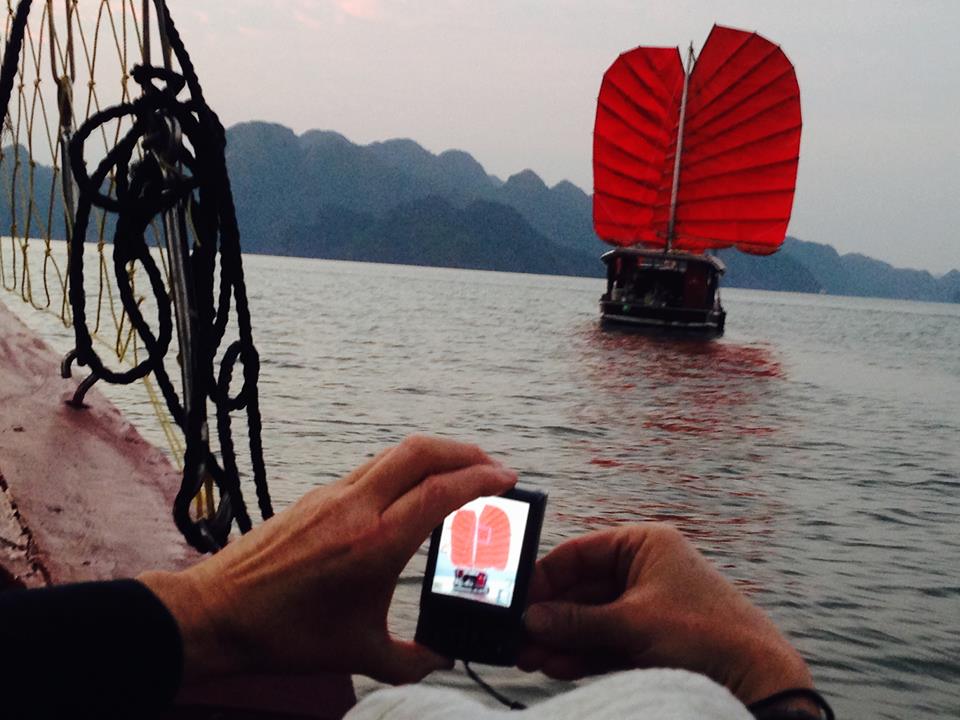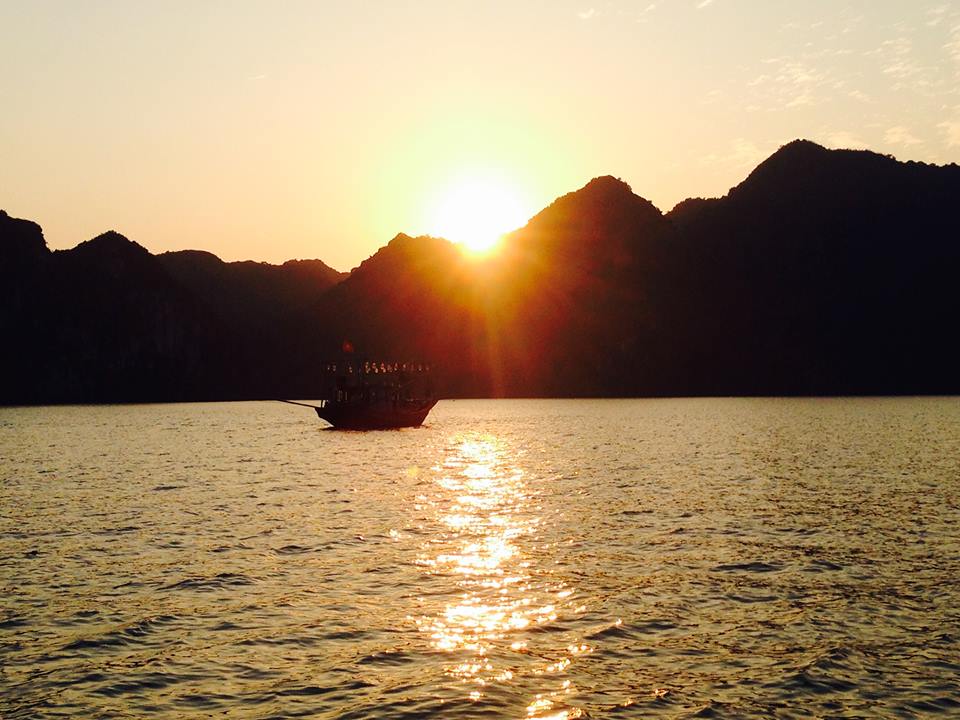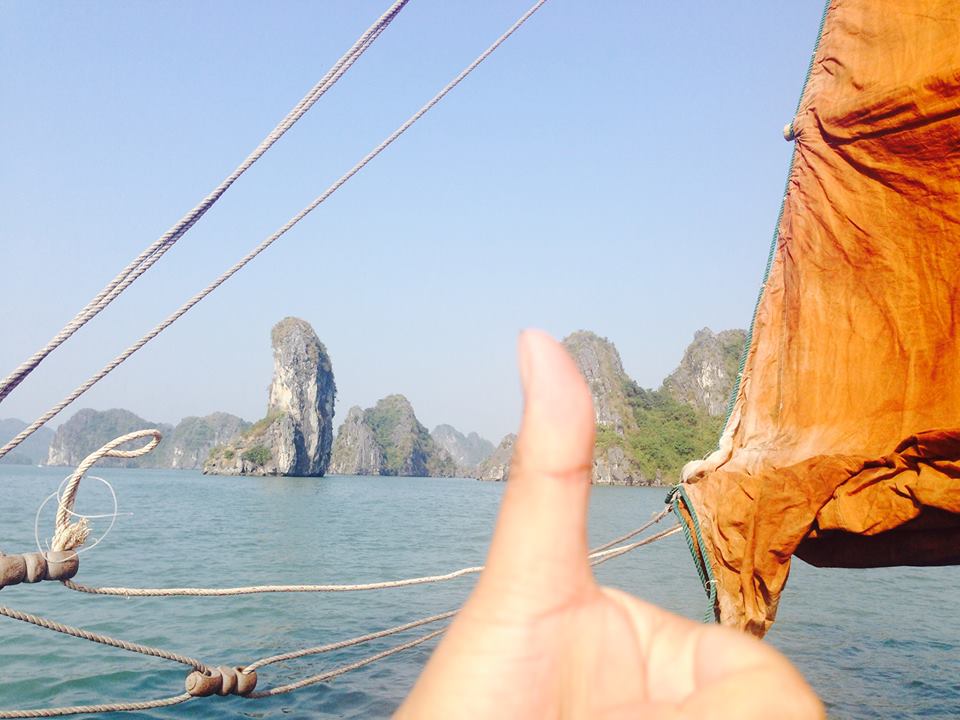Blog de Voyage
Dong Du Village
A Different Way of Life in Cai Beo Fishing Village - Lan Ha Bay
Updated: 19/2/2020 | 9:52:38 AM
Like any population though that is being thrust further into a changing world, the Cai Beo fishing village is facing its fair share of threats. And while it was wonderful to observe life from a distance, tourism is one of those main threats. Some have adapted well, offering kayaks for rent or guest houses ran by local families rather than outside tour companies making that money. Another major threat is pollution. I was disappointed to see the beauty of the Halong Bay marred by trash floating in the water. There are organizations such as the International Union for the Conservation of Nature that have started to push clean up efforts in the area though, so hopefully this problem can be fixed. As our boat left the Cai Beo fishing village, I was a little disappointed I wasn’t able to observe for longer. But we went about our Halong Bay tour, and the villagers went about their daily lives. This was truly a unique tourist experience that I know we will both remember for a long time.
We stand on the top deck of our tour boat during our Halong Bay Cruise, slowly navigating through the Lan Ha Bay not far off the coast of Cat Ba Island. While the area is famous for the limestone karsts that grace postcards of Vietnam, this area of the bay is famous for a different reason: the Cai Beo fishing village. The houses in this village all have four walls, a ceiling and floor, and even porches out front. But as for a yard? It’s only ocean.
The 450 families that call the Cai Beo fishing village home live unique lives. There are three fishing villages in the Halong Bay area, all established in the early 19th century. For more than 200 years, the families that live here have developed a lifestyle that is ubiquitous only to this area. As you can imagine, the people who live here are primarily fisherman and their families.
Some families do live in their actual fishing boats, many others live on simple rafts made of mostly wood that float on platforms similar to pontoon boats. The houses are small, generally only one or two bedrooms. The fisherman go out to sea in their fishing boats, and leave their families behind on these wooden house rafts. Because of its location in the bay, the Cai Beo fishing village is well protected from storms or bad weather.
Squid fishing and clam and mussel farms are some of the most popular forms of income in the area. The boats used for squid fishing are easy to pick out as they are outfitted with large halogen lights used to attract the squids at night. Many tour companies offer the option of squid fishing on overnight cruises.
While we slowly cruised through the obvious “highway” portion of the Cai Beo fishing village, the thing that strikes me as the most fascinating is the undeniable structure of the village. There are streets, blocks, neighborhoods all within the fishing village. There are buildings used as schools, restaurants, and guesthouses. There seems to be a thriving community here…not just a place to live.
Dogs ran onto porches to bark at our boat as we passed. We see children playing next to their mothers cooking food. Clam farmers balance on the single planks that separate their house from their farm. The lifestyle that the residents have been practicing for hundreds of years is still alive and well.
Like any population though that is being thrust further into a changing world, the Cai Beo fishing village is facing its fair share of threats. And while it was wonderful to observe life from a distance, tourism is one of those main threats. Some have adapted well, offering kayaks for rent or guest houses ran by local families rather than outside tour companies making that money. Another major threat is pollution. I was disappointed to see the beauty of the Halong Bay marred by trash floating in the water. There are organizations such as the International Union for the Conservation of Nature that have started to push clean up efforts in the area though, so hopefully this problem can be fixed.
As our boat left the Cai Beo fishing village, I was a little disappointed I wasn’t able to observe for longer. But we went about our Halong Bay tour, and the villagers went about their daily lives. This was truly a unique tourist experience that I know we will both remember for a long time.
(Source: Blue Swimmer Adventures)
Autres Nouvelles
- Phu Xai Lai Leng mountain
- Le sommet Phu Xai Lai Leng et la Chaîne Annamitique
- Unique homestay tours delight foreigners in Quy Chau, Nghe An
- Découverte du parc national de Pù Mat - réserve biosphérique mondiale
- Discover Pu Mat Natural Park and Homeland of HCM
- Dong Du Eco Farmstay and Pu Mat National Park
- It takes a village: The changing face of tourism in rural Vietnam
- Rice Fields, Waterwheels and Eco - Homestays in Green Pu Luong
- En excursion au parc naturel Pu Mat, Nghe An
- Les maisons-jardins de Huê











